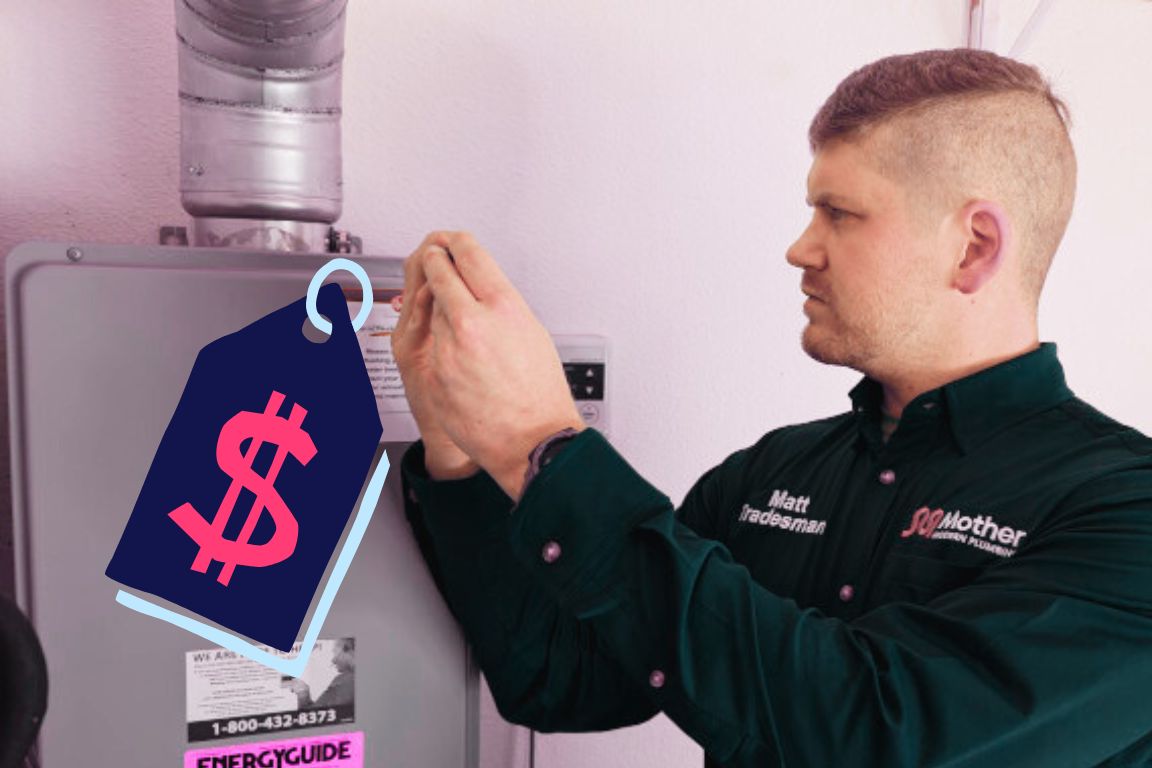Dallas Residents: Your Clay Sewer Pipe Has Got to Go
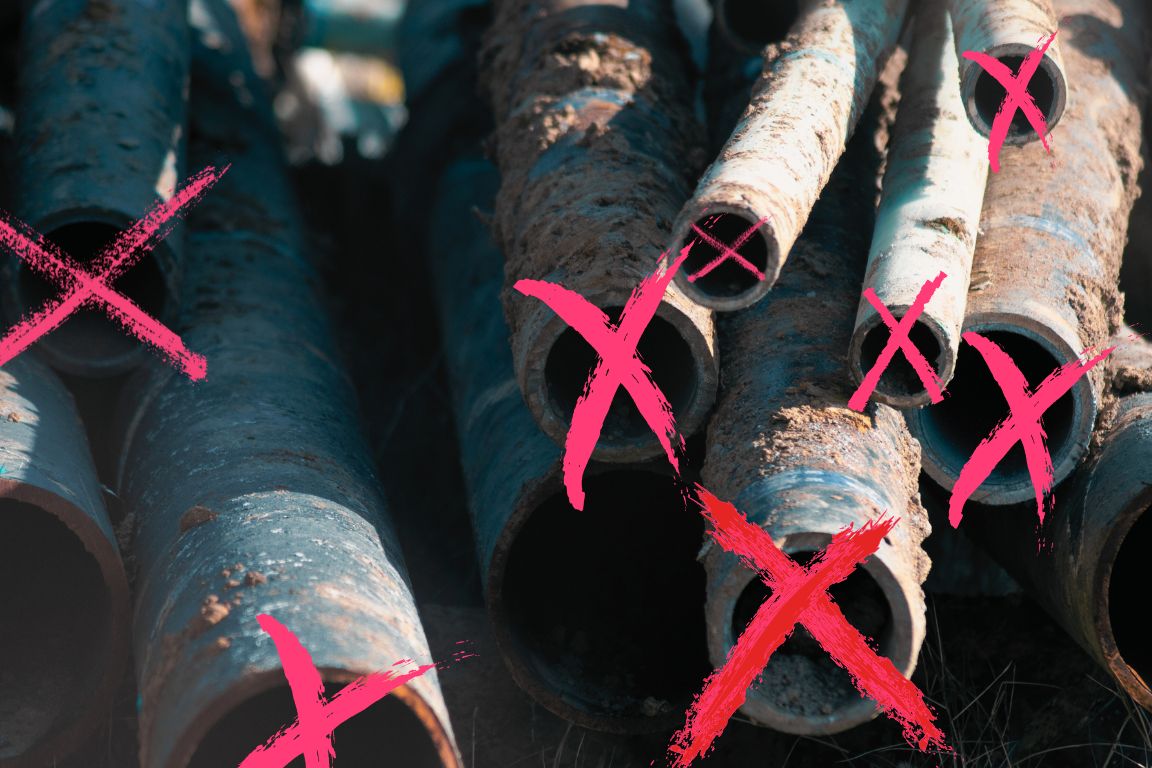
table of contents
table of contents
You wouldn’t bury a clay pot and expect it to last 6 months. Dallas homeowners are discovering the same issues with existing clay sewer pipe lines under their aging homes.
Plumbers stopped installing clay as a sewer pipe material in the 1960s due to concerns about its fragility and risk for joint leaks and pipe separations. Every clay pipe in Dallas County is past its intended lifespan — it’s time to consider replacement before inevitable repairs are needed.
We’re Mother — a customer-focused plumbing company with nearly 100 years of combined experience serving Dallas residents.
Our Master Plumbers and research team crafted this comprehensive guide to clay sewer pipe repair and replacement.
{{sewer-line-repair-and-replacement="/services/sewer-line-repair-and-replacement"}}
Why So Many Clay Sewer Pipes Still Exist in Dallas
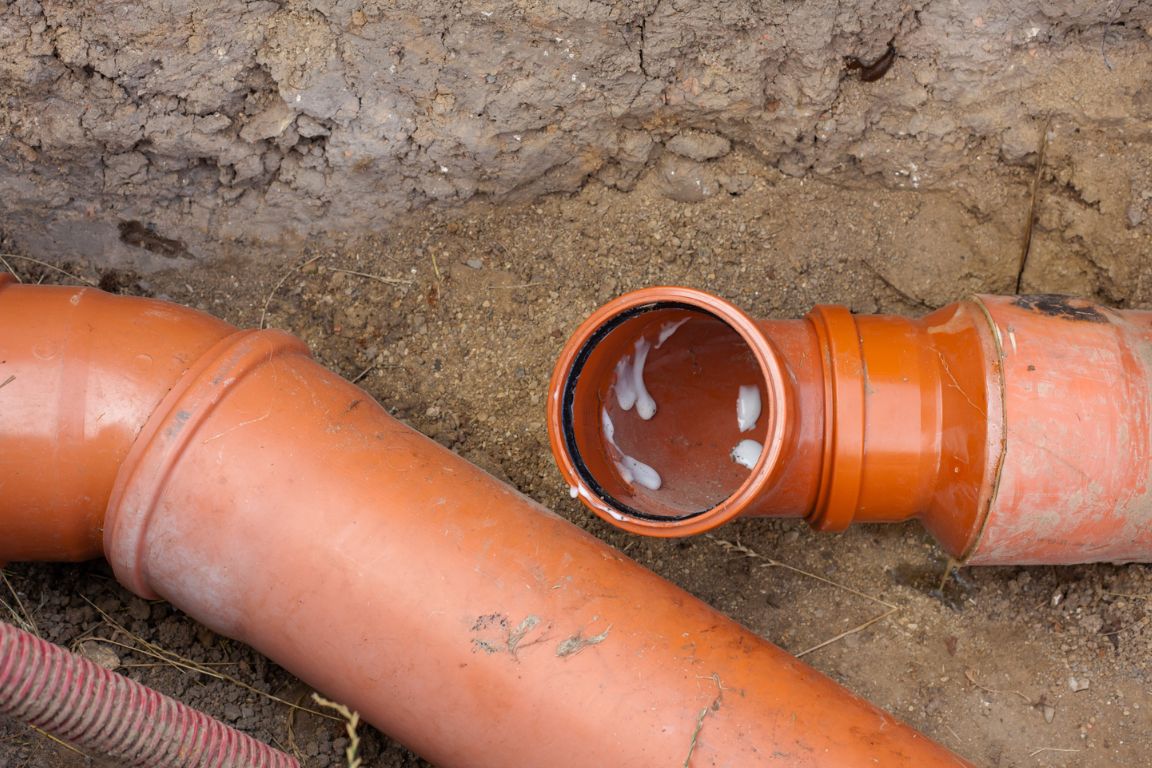
Dallas is renowned for its historic homes. Neighborhoods like Highland Park, Oak Cliff and Lakewood are rich with well-kept vintage Prairie, Colonial Revival and Tudor homes.
The average age of these homes is well over 50 years old. This places them squarely in an era where outdated pipe materials were routinely installed in residential sewer lines.
These include clay sewer pipes — once renowned for their anti-corrosive properties, they’re now a source of frequent plumbing concerns.
When did they stop using clay sewer pipes?
American plumbers stopped installing clay sewer pipes in the mid to late-1960s. The change was sparked by new innovations that drove stronger sewer pipe materials which rendered clay pipes obsolete.
The switch away from clay provided local homeowners stronger protection against local environmental concerns, wastewater damage and overall pipe fragility.
3 Reasons Why Dallas Plumbers Stopped Using Clay Sewer Pipes
Clay sewer pipes fell out of favor with Dallas plumbers due to their inability to withstand the innate environmental conditions of North Texas, as well as its overall lack of durability as an underground pipe material.
Here are the 3 primary reasons local plumbers stopped installing clay sewer lines:
- Poor life expectancy. Clay pipes have a lower expected lifespan than cast iron, and a far shorter lifespan than Schedule 40 PVC (today’s preferred sewer pipe material).
- Clay pipes are fragile: While clay is naturally anti-corrosive and performs well against sewage chemicals, it’s incredibly prone to chips, cracks, and breaks from internal scaling and external forces.
- Expansive clay soil: North Texas sits on a bed of clay soil that shifts, swells and cracks easily. This places immense pressure on the external walls of clay sewer pipes.
Clay Sewer Pipe Life Expectancy: They’re All Expired
The average clay sewer pipe is expected to last 50-60 years. This sounds fine on the surface — until you consider plumbers stopped installing them in the late 1960s. This means the newest clay pipes in Dallas are over 60 years old.
Short version: Every clay sewer pipe in Dallas is past its life expectancy.
Even the best clay pipes underperform competing sewer line materials in overall life expectancy:
Aging clay sewer pipes are highly prone to cracks, pinhole leaks and complete breaks — even without the external pressure of Dallas’ clay soil.
{{how-long-do-sewer-lines-last="/blogs/how-long-do-sewer-lines-last"}}
4 Plumbing Issues Caused by Fragile Clay Pipes

The fragility of clay sewer pipes makes them susceptible to internal and external issues that increase the possibility of sewer line repairs.
Our local plumbing research team used 5 years of service data to uncover the 4 most common sewer repair issues caused by clay pipes:
- Internal scaling
- Joint leakage
- Root intrusions
- Pipe separations
Internal scaling
While the insides of clay sewer lines perform well against the chemicals in raw sewage and wastewater, they do become rough over time.
This leads to internal scaling caused when toilet paper, organic materials and clogs stick to inner pipe walls. Scaling directly leads to deep, persistent clogs, sewer blockages and the degradation of your pipes.
If your clay pipes are over 25 years old, schedule sewer cleaning every 2 years to clear your line of blockages. The best access point for these cleanings is via your sewer line cleanout.
{{outside-sewer-line-cleanouts-are-better="/blogs/outside-sewer-line-cleanouts-are-better"}}
Joint leakage
Clay pipes are highly prone to crack and leak at their joints. As a result, the most common place for clay pipe leaks to occur is at the joints.
Joint leakage causes a host of unpleasant and unhealthy issues:
- Foul sewage smell in your backyard
- Unusually lush or green patches in the yard
- Pooling and soggy patches in your yard
- Potential backflow to your sprinkler system or boiler
- Potential cross-contamination with inbound fresh water lines
- Increased risk of root intrusions and pipe separations
Root intrusions
Older Dallas homes are surrounded by mature trees. Your Live oak and Cedar elm trees are beautiful — but their root systems are incredibly aggressive and complex.
Tree roots crave the organic material within your sewer lines, and naturally seek to break the exterior walls to reach it. Clay’s fragile nature makes older pipes vulnerable to root intrusions in your sewer line.
Once inside, these roots continue to grow throughout the sewer line. This leads to complex intrusions, multiple pipe breaks and systemic clogs.
{{how-to-cut-roots-out-of-sewer-line="/blogs/how-to-cut-roots-out-of-sewer-line"}}
Pipe separations
A small crack in a cast iron pipe is a bit easier to contain than one of the same size in a clay pipe — its brittle nature causes chips and breaks to spread rapidly.
Our plumbers rarely see small cracks in clay pipes. By the time we’re called to address the issue, Dallas residents are usually dealing with complex pipe separations that require partial or complete sewer line replacement.
Annual sewer camera inspections are encouraged to keep an eye on your pipe’s condition without digging up your yard.
Clay Pipes Perform Poorly in Dallas Clay Soil
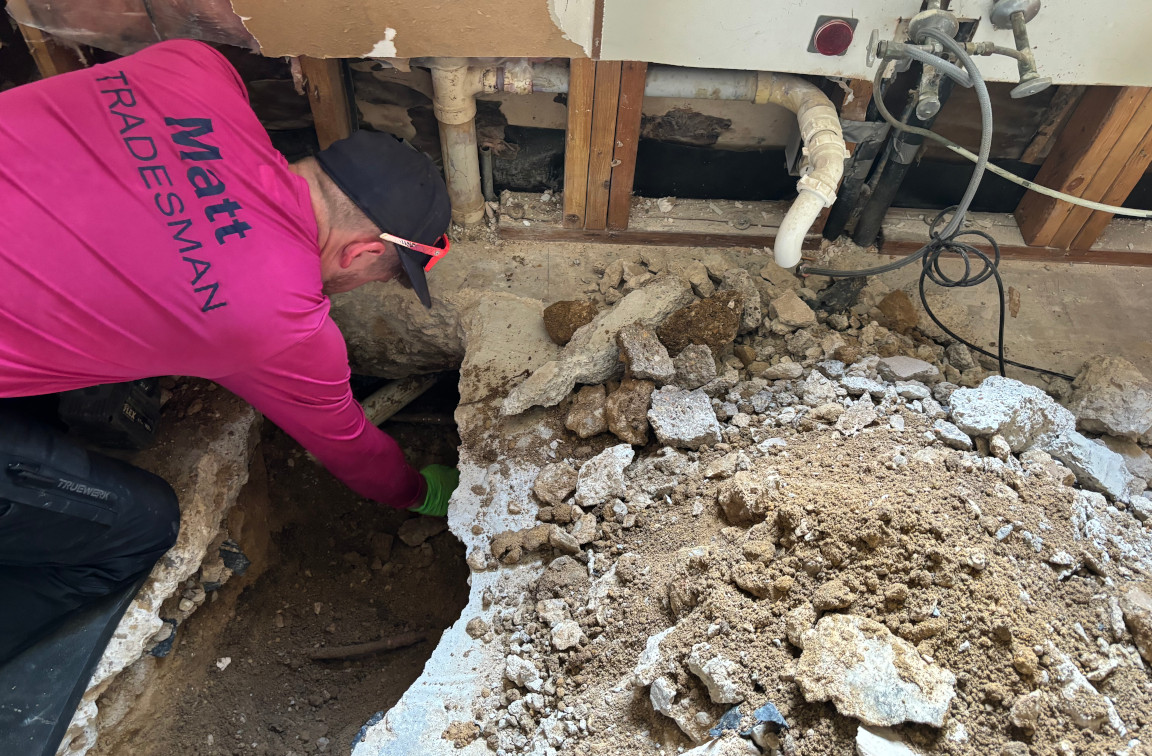
Clay pipes + clay soil = a terrible combination for sewer line stability.
The expansive clay soil in Dallas-Fort Worth has poor drainage properties. It’s quick to take on water and slow to disperse it. This means frequent groundswell when it rains, and extreme cracking during dry summer months.
The constant shifting of clay soil places immense pressure on underground sewer pipes. Clay pipes aren’t strong enough to withstand this ever-changing pressure — as a result, most clay sewer lines in Dallas fall a decade or more short of their intended lifespan.
Warning: Replace Transite Clay Pipes Immediately
Transite is a specific brand marketed in some regions as clay pipes. In reality, Transite pipes are made of an asbestos-cement combination that’s extremely hazardous.
Local clay soil, prolonged use and ground disturbances allow Transite pipes to release asbestos fibers into your soil and the air. Residents near damaged pipes can be exposed to asbestos through the air, soil or drinking water.
Exposure to the carcinogens in Transite can lead to health problems, including:
- Mesothelioma
- Asbestosis
- Lung cancer
If your existing sewer line contains Transite pipes, call us immediately to schedule pipe replacement services.
The Solution: Upgrade Sewer Lines to Schedule 40 PVC

At Mother, we believe in sustainable, long-term plumbing solutions for homeowners. We don’t sell Band-Aids — we deliver long-term peace of mind.
The best long-term solution for existing clay pipes is to replace them with Schedule 40 PVC as soon as possible.
You’ll provide a fresh start to your sewer pipe with the most durable material on the market, plus reset the life expectancy timeline of your sewer line for 75-100 years.
Schedule 40 PVC outperforms clay as a sewer pipe material
Schedule 40 PVC defeats clay in virtually every category of value to a residential sewer line:
Unlike clay, Schedule 40 PVC offers excellent resistance to shifting soil, tree root intrusions and internal scaling problems.
It’s equally anti-corrosive, does better at resisting internal sewage chemical damage, and lasts 25-40 years longer than clay sewer pipes.
Dallas Action Plan: What to Do If You Have Clay Sewer Pipes
If your Dallas home has existing clay sewer pipes, our Master Plumbers recommend this 4-step course of action:
- Determine the age of your clay pipes.
- Schedule an annual sewer line camera inspection.
- Conduct drain and sewer cleaning every 2 years.
- Replace clay pipes with Schedule 40 PVC.
Determine the age of your clay pipes
As a reminder: clay sewer pipes haven’t been installed since the 1960s, and every existing clay pipe in Dallas is past its lifespan.
It’s still important to determine how old your clay lines are. There’s a vast difference between 30-year-old and 50-year-old clay pipes in terms of joint separation risk, internal scaling buildup, and overall risk of degradation.
Schedule an annual sewer line camera inspection
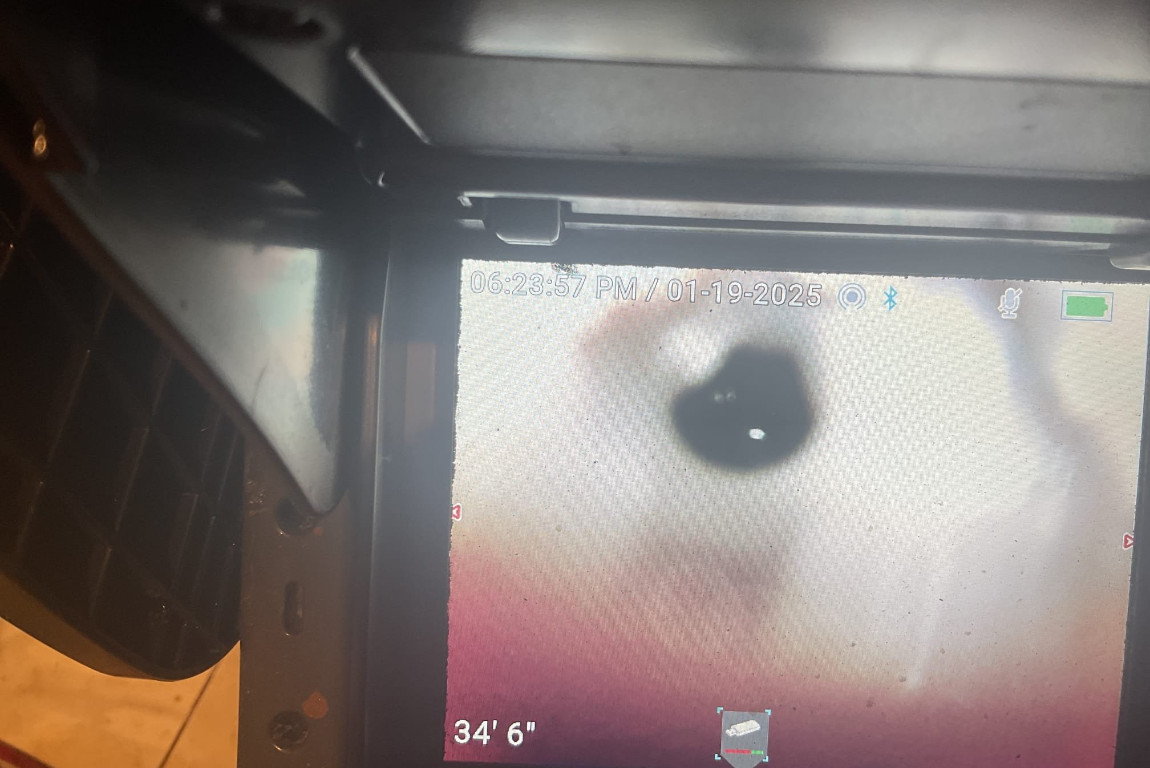
A small high-definition camera on a flexible cable is inserted into your sewer line to detect leaks, clogs, blockages, cracks and pipe separations. No digging, no damage — just a clear, real-time image that pinpoints the exact location of sewer issues.
Dallas homeowners trust Mother Modern Plumbing for sewer line camera inspections. We have a perfect 5.0 rating across all review platforms.
{{the-best-local-sewer-line-camera-inspection="/blogs/the-best-local-sewer-line-camera-inspection"}}
Conduct drain and sewer cleaning every 2 years
If your clay sewer line is over 25 years old, schedule drain and sewer cleaning services every 2 years to reduce internal scaling and promote wastewater flow away from your home.
Our expert plumbers use Endure, an enzyme drain cleaner that doesn’t damage your existing pipes. We conduct non-invasive sewer cleaning via your sewer cleanout — no mess inside your home, no digging outside your house.
Members of Mother’s Pipeline receive a $300 drain cleaning coupon every year, plus complimentary freshwater and sewer water tests and a 16% discount on every job. FaceTime our plumbers at any time, and benefit from guaranteed appointments within 24 hours.
{{sewer-cleaning="/services/sewer-cleaning"}}
Replace clay pipes with Schedule 40 PVC
If our camera inspection or sewer cleaning services detect any sign of clay pipe leaks or separation, it’s time to replace them with fresh Schedule 40 PVC.
Once installed, your new sewer pipe materials will last 75-100 years with regular maintenance and care. It’s the smart way to make the plumbing system under your vintage home as beautiful as the house itself.
{{best-dallas-sewer-repair-options="/blogs/best-dallas-sewer-repair-options"}}
Call Mother For Clay Sewer Pipe Repair in Dallas

Clay sewer pipe materials last 60 years at most, and haven’t been installed in over 55 years. Every clay pipe underneath Dallas homes is at or past its expiration date, and susceptible to cracks, internal scaling, root intrusions, joint leakage and pipe separations.
Hit the refresh button on your home’s sewer line, and upgrade to Schedule 40 PVC. It’s a more durable, pressure-resistant pipe material designed to last 75-100 years in Dallas sewer systems.
Ready to invest in your home’s long-term future? Call Mother 7 days a week and request a sewer line inspection. Our expert local plumbers will meticulously inspect your existing clay pipes for damage and scaling issues, then recommend the best course of action.
{{sewer-line-repair-and-replacement="/services/sewer-line-repair-and-replacement"}}
Common Q’s about Drainage Service
How long do clay sewer pipes last?
The average life expectancy of clay sewer pipes is 50-60 years. Plumbers stopped installing clay pipes in the late 1960s due to their fragile nature and ease of internal scaling. This means practically every clay pipe in America is past its intended lifespan.
Do clay sewer pipes contain asbestos?
One brand of clay sewer pipes, called Transite, is made of a composite that contains asbestos. These pipes should be removed from your property immediately.
Is sewer line replacement covered by insurance?
Homeowner's insurance typically doesn't cover general wear and tear or maintenance issues. However, if the damage was caused by a sudden, accidental event (like a vehicle crushing the pipe, or a specific tree falling on it), there might be some coverage. It's always best to check with your specific insurance provider.
Can I sleeve a broken sewer line?
Sure, you can sleeve it — but don’t expect quality, lasting results. A sleeve doesn’t fix your broken sewer line, it temporarily supports the interior of the pipe. You’ll eventually need spot repairs or a partial replacement, so sleeving your pipe is a “sunk cost” that only delays the inevitable.
What pipe material is best for sewer line replacement?
Your plumber should use Schedule 40 PVC for all sewer line replacement projects. Schedule 40 PVC offers stronger durability, chemical resistance, and anti-corrosive properties than other sewer pipe materials.


